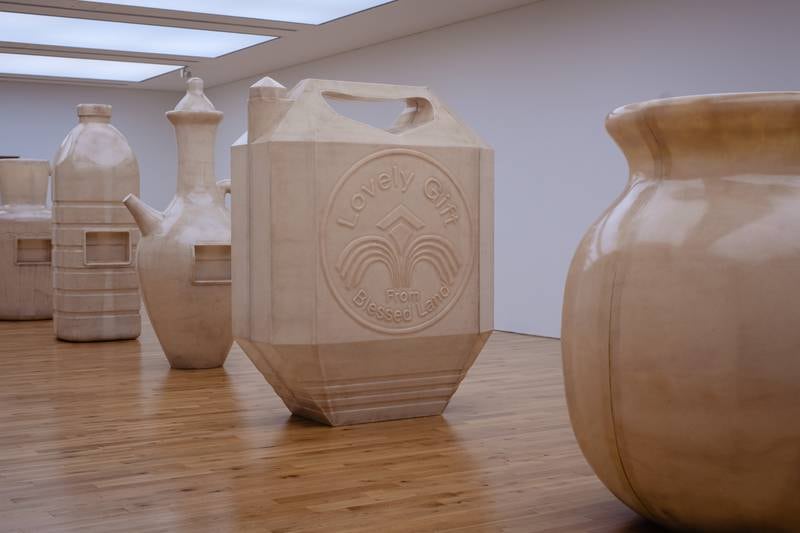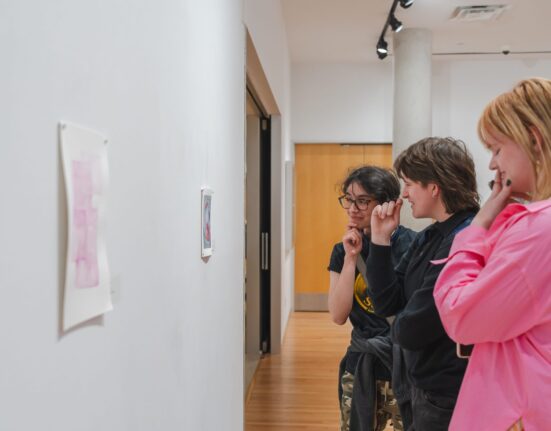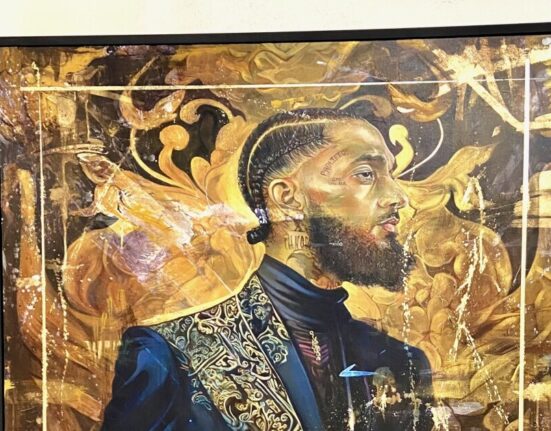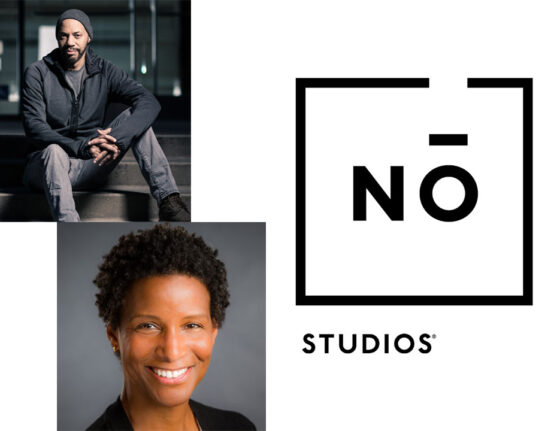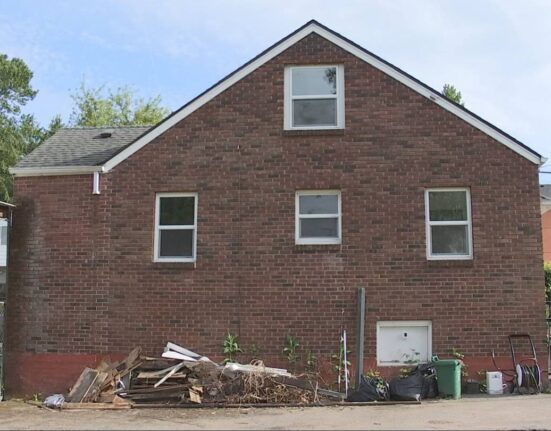The UK’s largest international contemporary art prize launched its biennial exhibition in Wales last month. For its 10th anniversary, Artes Mundi is venturing beyond its usual locale of Cardiff, presenting the work of seven artists in five venues across Wales, including the capital. It is also partnering with London’s Bagri Foundation for the first time.
Artes Mundi stands out from other prizes in various ways. For one, it’s deliberately international in scope and aims to provide a space for “issues-based artists who have begun to emerge internationally,” says director Nigel Prince. Past winners include the now fully emerged Dineo Seshee Bopape, Prabhakar Pachpute, Ragnar Kjartansson, Theaster Gates, John Akomfrah, Teresa Margolles and Tania Bruguera.
For another, its shortlist begins life as an open call that anyone anywhere in the world (except students and very established artists) can respond to. The shortlisted artists – one of whom will be awarded the £40,000 ($50,520) prize in January – were selected by a jury of four curators and are showing a mix of new output, older works and pieces that have never been seen in the UK. Themes are timely and political, including land theft, displacement, extractivism, erasure, environmental colonialism, enforced migration, trauma and conflict.
Mounira Al Solh, who lives between Lebanon and the Netherlands, is showing new drawings of refugees from the Middle East as part of an continuing series of 500 portraits and conversations she embarked on in 2012 when the war in Syria broke out. “I was trying to welcome Syrian people and at the same time document what was happening in Lebanon,” she explains.
The use of lined yellow legal notepad paper from Lebanon as the canvas gives these images an accessible quality but is also a comment on the bureaucratic challenges refugees often face. “It’s also proof that we still make some good high-quality things in Lebanon despite most things being imported due to the crisis,” she says wryly. A richly embroidered tent in the middle of one room was inspired by her Syrian grandmother who was “obsessed with textiles”, and it was made “collectively” by women in Lebanon and the Netherlands.
Kurdish-born artist Rushdi Anwar, who is also showing at Cardiff’s National Museum, deals directly with the last 100 years of colonialism in the Middle East in his solo show. One room contains archive material and an old radio playing a medley of colonial speeches and propaganda from 1916 – when the Sykes-Picot Agreement was signed – to the present day.
“The maps for the region were drawn in a London office by people who didn’t understand the cultural context, the different ethnicities or the complexities,” says Anwar. “Humanity has been paying a price for this for far too long.”
A second room contains 12 haunting boxes each with a burnt photo of a destroyed church in Bashiqa, north-eastern Mosul. Disputed between the Kurdish and Iraqi governments, Mosul was formerly under British and French colonial rule and more recently looted and destroyed by ISIS.
Also in the National Museum, Kuwaiti-Puerto Rican artist Alia Farid’s oversized sculptural water vessels reflect on “the cultural and trade networks of the regions”. They reference the impact of extractive industries on the ecology and social fabric of Kuwait and southern Iraq, as well as the tradition of offering water in the desert. Some are based on vessels found in South Asia, others are more common in the Levant.
One, a jerry can with a religious logo, is based on a vessel that Farid’s grandmother brought back from Saudi Arabia. “What I liked about it is its intersectional quality”, says Farid, “how it speaks to the oil economy of Saudi Arabia but also about religious tourism”.
Two films by Farid reflect on these issues further and feature teenagers talking about their lives as they travel through marshland scarred by oil infrastructure and industrial waste.
In the north of Wales, in Llandudno’s Mostyn gallery, photos and a powerful three-channel film by Taloi Havini charts the disastrous environmental consequences of Australian copper mining in her native Bougainville in Papua New Guinea.
A couple of hours away, in Newtown’s Oriel Davies Gallery, Carolina Caycedo pays tribute to the many women environmental activists around the world – many of whom have been murdered – and links them back to Wales by showing original banners of the Greenham Common protesters in 1981. A quietly haunting film called Reciprocal Sacrifice features a salmon trying to return to its spawning ground in the Sawtooth Mountains in Idaho.
Vietnamese filmmaker Nguyen Trinh Thi’s contribution at Glynn Vivian Art Gallery in Swansea is a reprise of a haunting installation shown at Documenta Fifteen in Germany, and a potent reflection on memory, loss and trauma.
While Mexican artist Naomi Rincon Gallardo’s non-linear trilogy of films (produced in 2021, 2022 and 2023) showing at Cardiff’s Chapter venue are darkly funny and subversive theatrical pieces inspired by painted manuscripts from 16th century colonial Central Mexico, in which skeletal part-human, part-animal figures called tzitzimime appear. Their purpose, says Rincon Gallardo, is to challenge the “model of colonial binary thinking”.
“These voracious creatures of darkness were feared because they were sent to earth in moments of cosmic danger.”
Artes Mundi runs in various venues around Wales until February 25. The winner will be announced in January. More information is available at artesmundi.org
Updated: November 29, 2023, 3:03 AM

